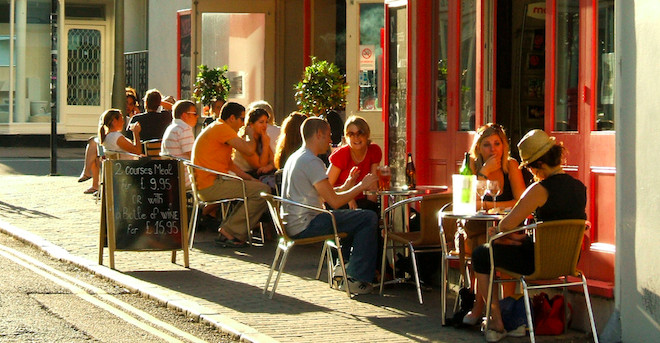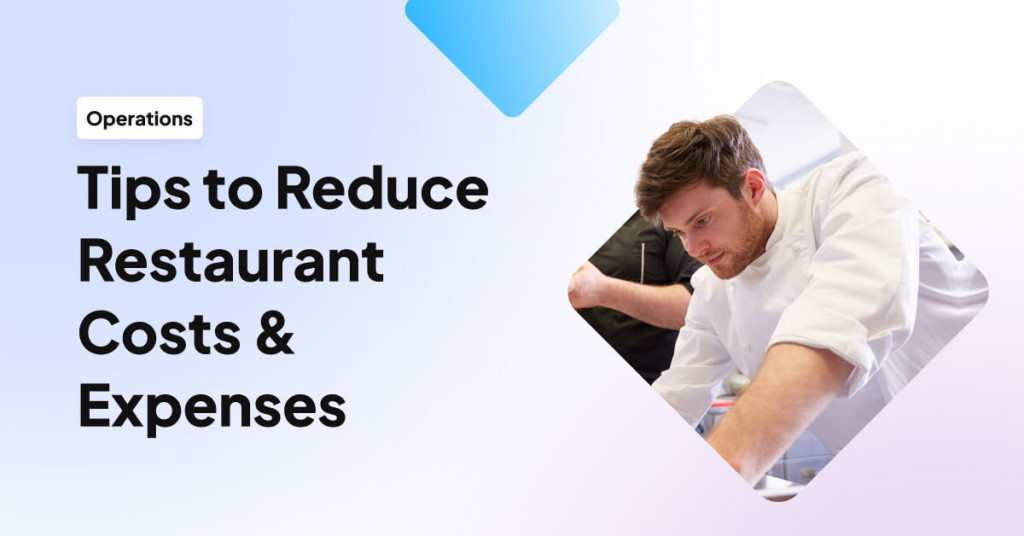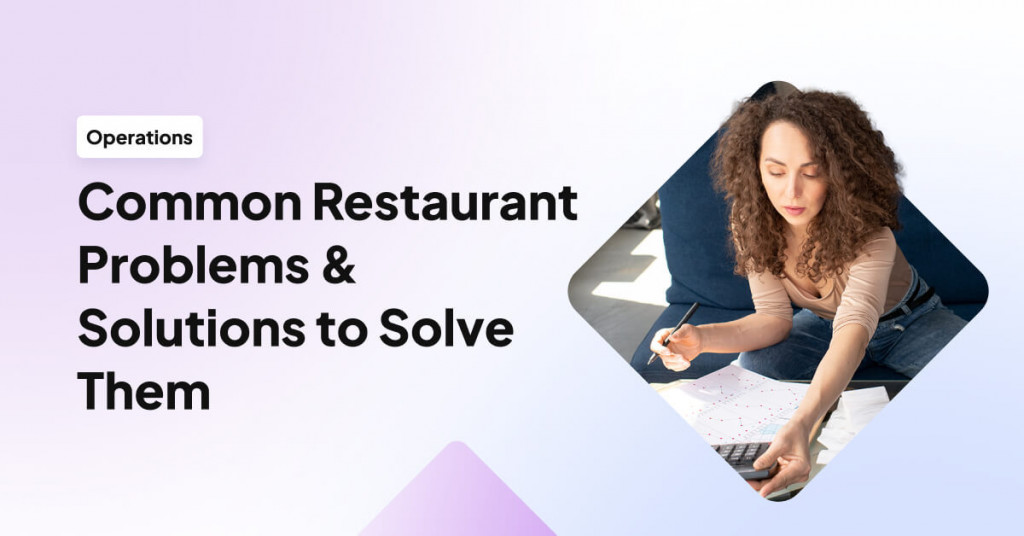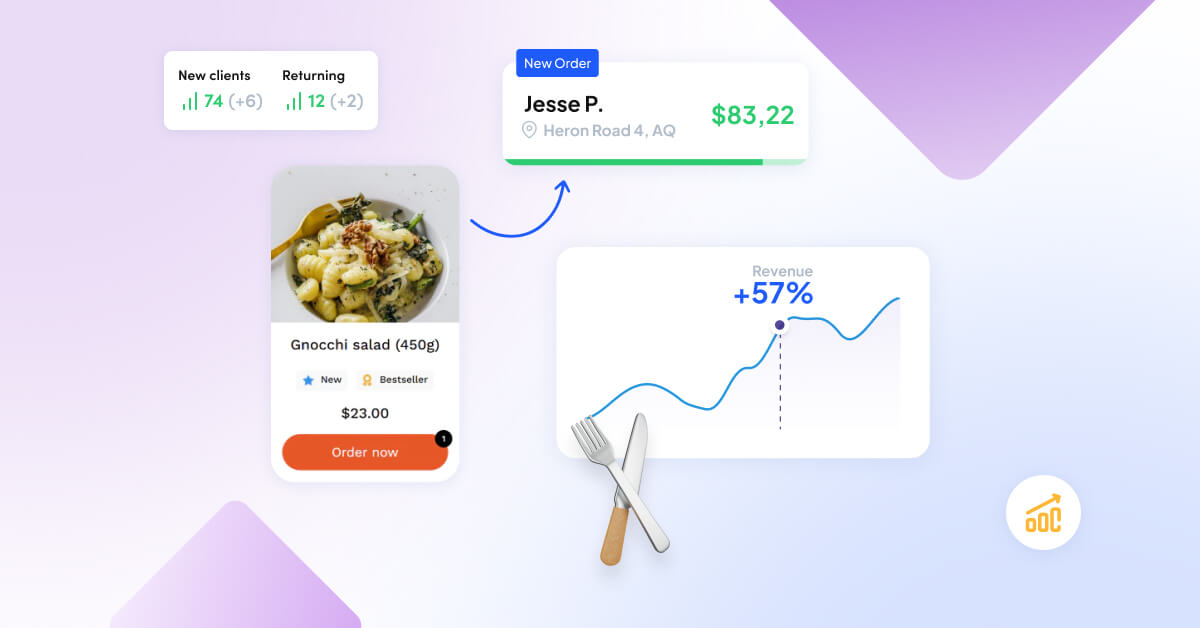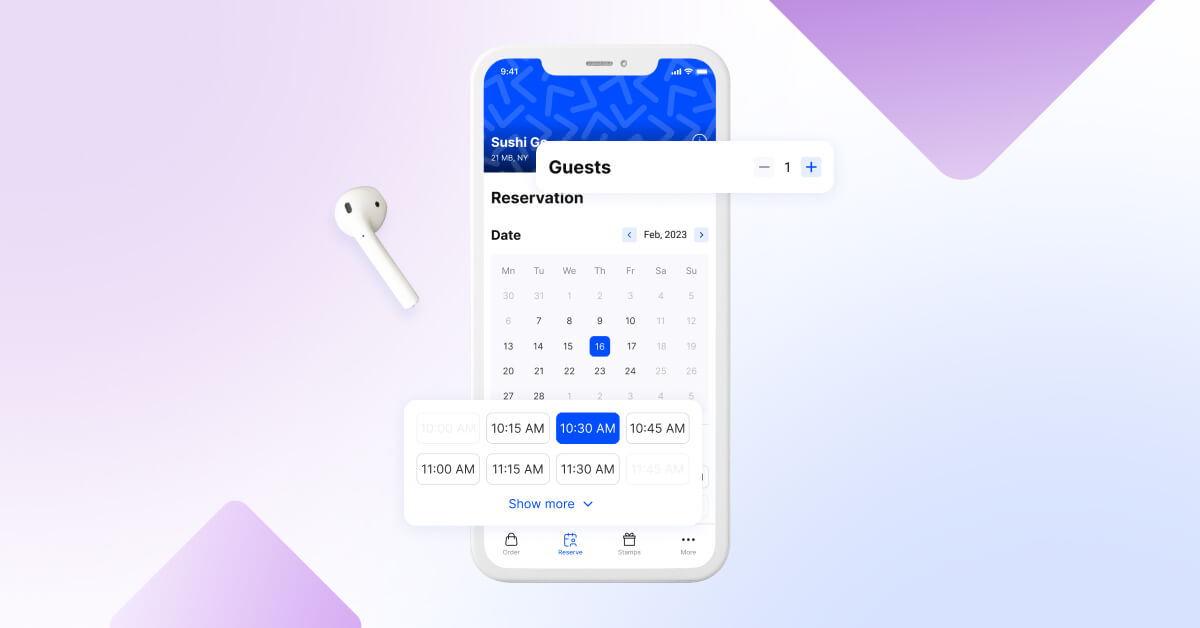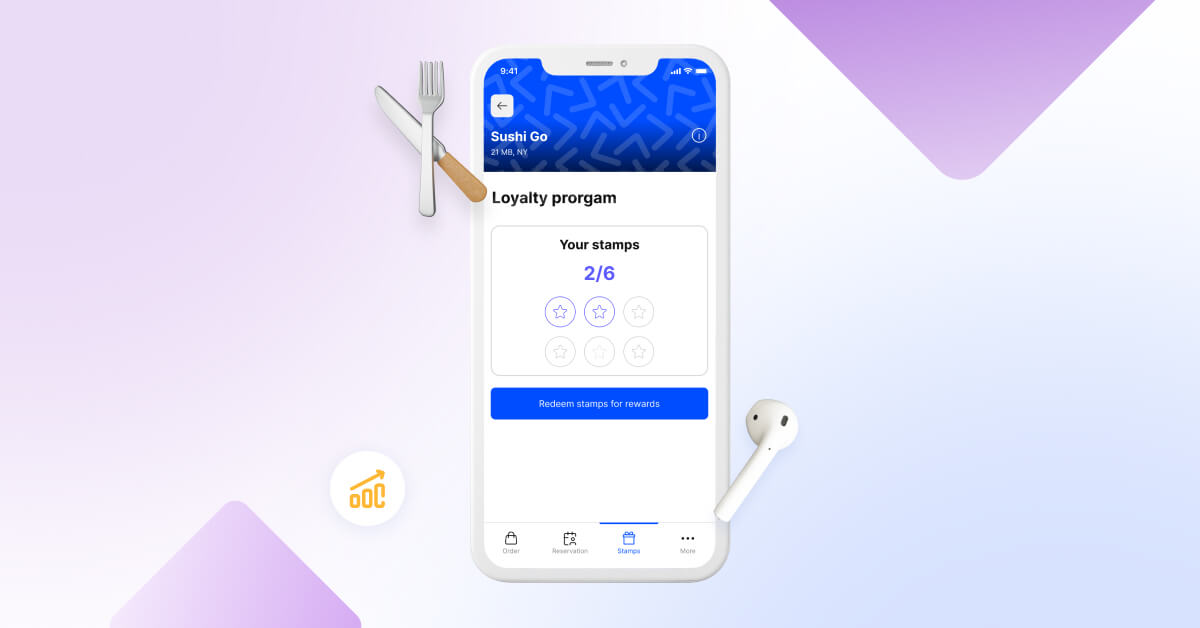The restaurant industry can be unforgiving, with many restaurant owners facing challenges threatening their business’s survival.
Understanding the key strategies for saving a failing restaurant is crucial for those looking to create a restaurant rescue plan.
In this article, you will learn:
- Why Your Restaurant Might Be Failing: Understand the common reasons behind restaurant failures.
- Relevant Statistics About the Restaurant Industry: Get insights into industry trends and data.
- Strategies to Save a Failing Restaurant: Discover actionable steps to turn your restaurant around.
Why Your Restaurant is Failing
Several factors contribute to the failure of many restaurants. Poor restaurant management can lead to inadequate cost control, inefficient operations, and hiring inappropriate staff, resulting in poor restaurant customer service and customer dissatisfaction.
A bad restaurant location strategy can limit customer access and visibility, reducing restaurant foot traffic.
High food costs and excessive food waste can also erode an average restaurant’s profit margin.
Furthermore, a lack of a unique selling proposition makes it difficult to stand out among competitors.
The lack of a restaurant marketing plan and failure to adapt to restaurant trends exacerbate these issues.
Learn more about the reasons Why Do Restaurants Fail? (Restaurant Success & Failure Rate)
How Many Restaurants Fail on Average
According to BinWise, nearly 60% of restaurants fail to survive past their first year, and 80% close within the first five years.
Despite these challenging odds, the remaining 20% survive and often thrive, achieving sustained growth and success.
How to Save a Failing Restaurant
So many restaurants struggle to stay afloat in a highly competitive industry.
Below, we have prepared a list of strategies to help you save a failing restaurant. Implementing these tips will help you address common challenges and work towards achieving long-term success.
1. Implement Online Food Delivery
Maybe you could consider taking advantage of additional restaurant revenue streams.
One example would be implementing online orders directly from your own website. If you don’t have a website yet, you can use an intuitive restaurant website builder to create one with your menu.
The next step will be to launch online orders with pickup and delivery options. Food delivery can significantly expand your customer base and increase sales.
Learn more on how to increase food delivery sales here.
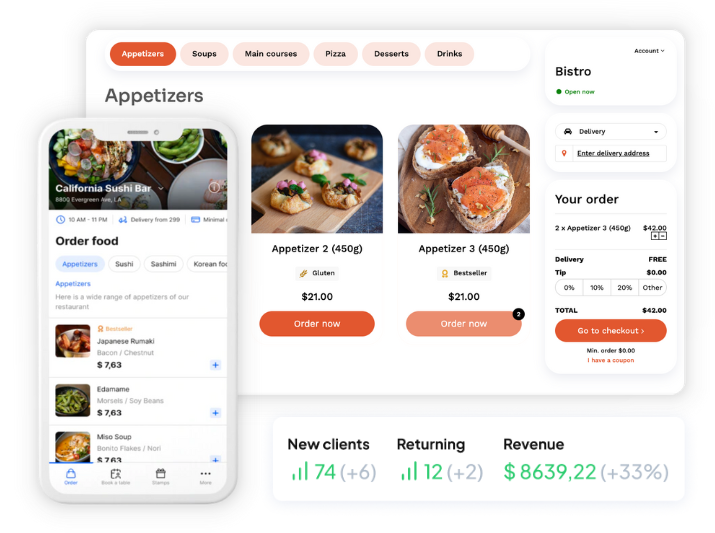
An online ordering system is one of many technologies restaurants use to streamline operations and enhance customer convenience, and its popularity is constantly rising.
2. Refresh Your Menu
One of the strategies to improve the restaurant’s situation is introducing changes to the menu.
Consider whether your menu is too extensive and complicated, which may discourage guests.
Maybe you offer too much variety—pizza, pasta, French cuisine, tacos— and these multiple dishes make it hard for customers to choose. Or perhaps your menu is too niche and does not attract enough customer interest.
Learn more about the types of menus to understand how different formats can impact customer choices and restaurant profitability.
Analyze your current menu and check which dishes sell the most; these can become the foundation of your new “no-fail menu.”
Apply the principles of menu engineering to optimize layout and descriptions. Pay attention to restaurant menu pricing strategies to ensure profitability. Calculate the ideal food cost percentage to determine the appropriate pricing for each dish.
Also, verify your menu for any spelling errors, and if you haven’t done so already, add photos of your dishes. This is especially important for restaurants that sell online.
Attractive photos influence customer choices and can significantly increase sales.
Ensuring high food quality across all offerings will further enhance customer satisfaction and loyalty.
Check out these food photography tips.
3. Implement a Restaurant Reservation System
A restaurant reservation system is another example of how technology can support a restaurant’s survival.
With such a system, guests can reserve a table in advance and avoid waiting in line, ensuring a smoother dining experience.
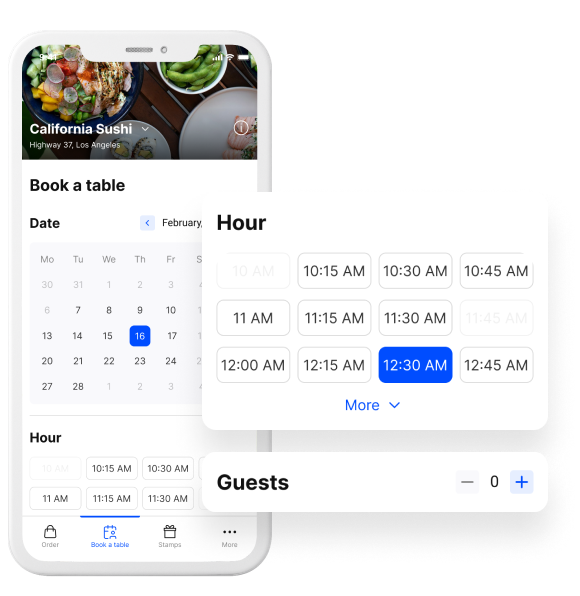
Table reservation systems help manage customer flow, increase efficiency, and optimize restaurant seating arrangements, leading to higher customer satisfaction and better resource allocation.
4. Modify Your Opening Hours
Another strategy you can implement to save a failing restaurant is to modify its opening hours.
For example, extending your evening hours could attract more customers looking for late-night dining options.
Learn more about how to get more customers in my restaurant.
Additionally, consider staying open during holidays or special events to attract more foot traffic and capitalize on higher demand during these periods.
Adjusting your hours to fit your restaurant’s target market schedules can significantly increase customer visits and improve your restaurant’s performance.
5. Foster Customer Loyalty
How else can you improve your restaurant’s situation and save it from closing?
Appreciate your repeat customers. Think about recognizing and rewarding your loyal customers. It could be, for example, a free dessert or a special discount on their next visit.
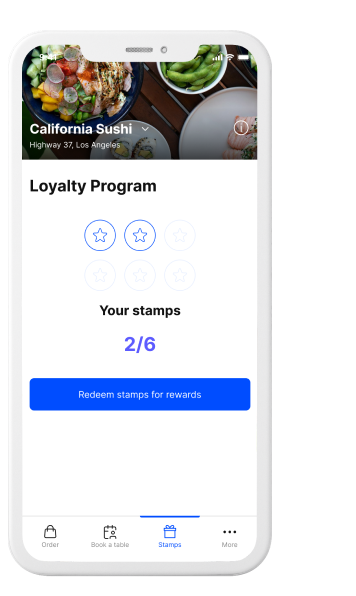
Introduce a restaurant loyalty program. With this, customers will collect stamps or points and exchange them for rewards like free meals or exclusive offers.
This will increase customer retention and encourage repeat business.
Learn more about restaurant loyalty programs.
6. Plan and Introduce Special Events
Organizing special events can create buzz and attract customers to your restaurant.
These events provide unique experiences that differentiate your establishment from competitors and can boost customer engagement.
- Wine-Tasting Nights: Host evenings where guests can sample a selection of wines paired with complementary dishes.
- Chef’s Table Experience: Offer an exclusive dining experience with a special multi-course meal the head chef prepares.
- Live Music Performances: Arrange for local musicians to perform during dinner service to create a lively atmosphere.
- Themed Dinner Nights: Organize dinners based on specific themes, such as cultural cuisine nights or holiday celebrations.
- Cooking Classes and Workshops: Invite guests to participate in interactive cooking classes led by your restaurant’s chefs.
7. Review Customer Feedback
Bad restaurant reviews may be the reason for your restaurant’s struggles.
In the Internet age, potential customers read reviews before visiting a restaurant or placing an order online. For this reason, you must respond to customer feedback—both positive and negative.
If customers report a specific problem, acknowledge it and show that you are implementing new solutions to improve the situation.
If the issue is with restaurant customer service, provide additional training for your staff.
If customers are complaining about the quality of the food, talk to the chefs and address the issues.
Work on restaurant problems to improve your image and reputation, regain customer trust, and attract new patrons.
8. Implement Marketing and Promotion Strategies
What does your restaurant’s marketing look like? Did you create a restaurant marketing plan when you opened your restaurant? Do you actively implement it? If not, it is certainly worth considering.
Don’t forget about restaurant social media marketing. Platforms like Facebook or Instagram are perfect for informing about organized events and current promotions and engaging followers through competitions and interactive posts.
Also, consider paid advertising. Use Google ads for restaurants to increase your visibility on search engines. Facebook ads for restaurants can help you target specific demographics and drive more traffic to your restaurant.
9. Collaborate Locally
Partnering with nearby businesses can be a great way to create promotional opportunities that benefit everyone involved.
By teaming up, you can tap into each other’s customer bases and foster a sense of community.
These partnerships can lead to cross-promotions, shared events, and joint marketing efforts that draw more customers and boost visibility for all parties.
- Joint Promotions: Offer discounts or special deals for customers who visit both your restaurant and a partner business.
- Community Events: Co-host events like street fairs or food festivals with local businesses.
- Product Pairings: Collaborate with a nearby brewery or winery to offer paired tastings.
- Charity Events: Partner with local organizations for fundraising events that benefit the community.
- Pop-up Shops: Invite local artisans or boutiques to set up temporary displays in your restaurant.
10. Evaluate Your Restaurant’s Financial Health
Managing restaurant finances is challenging. Start by analyzing how your restaurant budget is distributed. What are your food costs and labor costs?
Evaluate your restaurant’s pricing. Are sales covering the costs? What is the restaurant’s profit margin?
To reduce restaurant costs, consider negotiating better deals with suppliers, optimizing staff schedules, and minimizing waste. Implement cost-control measures and regularly review financial performance.
11. Optimize Staffing Levels
If your restaurant is at risk of closing, look closely at your labor costs.
Do you have too many waiters waiting around for customers? If so, consider reducing the number of staff based on your restaurant’s actual needs.
Learn about restaurant scheduling software to streamline staff management, reduce labor costs, and improve operational efficiency.
Consider hiring temporary workers to handle peak times as well. Adjusting your staffing levels can help manage restaurant costs and improve financial stability.
12. Enhance Employee Training
Continuously training staff is crucial, especially if your restaurant has received bad online reviews about service quality.
Poor service can cause restaurants to lose money as dissatisfied customers are less likely to return.
Regular training sessions help improve service standards, address any weaknesses, and ensure a consistent, high-quality dining experience.
13. Explore Refinancing Options
Another strategy worth considering is refinancing. You can contact a bank to discuss different refinancing options that could alleviate financial pressure.
Refinancing options might include
- obtaining a lower interest rate on existing loans,
- extending the repayment period,
- consolidating multiple debts into a single loan.
This can free up cash flow, allowing you to invest in other critical business areas without draining all your money.
Learn more about restaurant financing.
14. Consult an Expert
Hiring a restaurant consultant can be a significant investment, but their deep industry knowledge can be invaluable.
Many people who open restaurants spend all their money on their dream but lack the experience to run it successfully.
Learn more about how to run a restaurant.
Consultants can identify hidden problems, streamline operations, and offer marketing strategies to prevent your restaurant from closing.
While expensive, their expertise can provide a tailored plan to improve your restaurant’s performance and ensure long-term success.
15. Reassess Your Restaurant Concept
Sometimes, instead of forcefully resuscitating something that no longer works, it is better to give it up and redirect your attention to something else.
Your restaurant concept may not make sense in the current situation, and a better solution is to close the restaurant and open a new one with a new concept and start from scratch.
If you decide to do so, before opening a new establishment, consider factors such as location, target market, and competition. This will minimize the risk and increase your chances of success.
Key Takeaways
- Revamp the Menu: Simplify and innovate your menu to attract and retain customers.
- Leverage Technology: Use restaurant reservation and online ordering systems to enhance efficiency and customer experience.
- Engage in Marketing: Implement a robust restaurant marketing plan using social media and paid ads to increase visibility.
- Optimize Staffing Levels: Adjust staffing based on demand to manage costs effectively.
- Evaluate Financial Health: Review your finances regularly and consider refinancing options to improve cash flow and reduce restaurant costs.
Frequently Asked Questions (FAQ)
Why is my restaurant business failing?
Understanding the root causes of failure is crucial for making improvements. Common reasons include:
- Poor Location: A bad location can limit customer access and visibility.
- Inconsistent Food Quality: Poor or inconsistent food quality drives customers away.
- Ineffective Marketing: Insufficient promotion leads to low customer traffic.
- Bad Customer Service: Negative experiences and bad customer reviews harm your reputation.
- High Operating Costs: Excessive food, labor, and rent costs erode profit margins.
- Poor Management: Inefficient restaurant management causes operational and morale issues.
You can read more about these factors in our article about the failure rate of restaurants.
How to tell if a restaurant is failing?
Identifying the signs of a failing restaurant is crucial for timely intervention and recovery.
- Declining Sales: A significant and sustained drop in average restaurant revenue is a major red flag.
- Bad Customer Reviews: Increasing negative feedback and poor online ratings indicate dissatisfaction.
- High Employee Turnover: Frequent staff changes can point to issues with restaurant management.
- Mounting Debt: Struggling to pay bills and accumulating debt are clear financial warning signs.
- Operational Inefficiencies: Problems like slow service, frequent stockouts, or inconsistent food quality harm customer experience.
- Poor Financial Management: Inadequate budgeting and cost control can lead to unsustainable operations.
What is a restaurant failure rate?
A restaurant failure rate is the percentage of new restaurants that close within a specific time frame. Typically, it is measured by the proportion of restaurants that fail within their first year and the first five years of operation.



